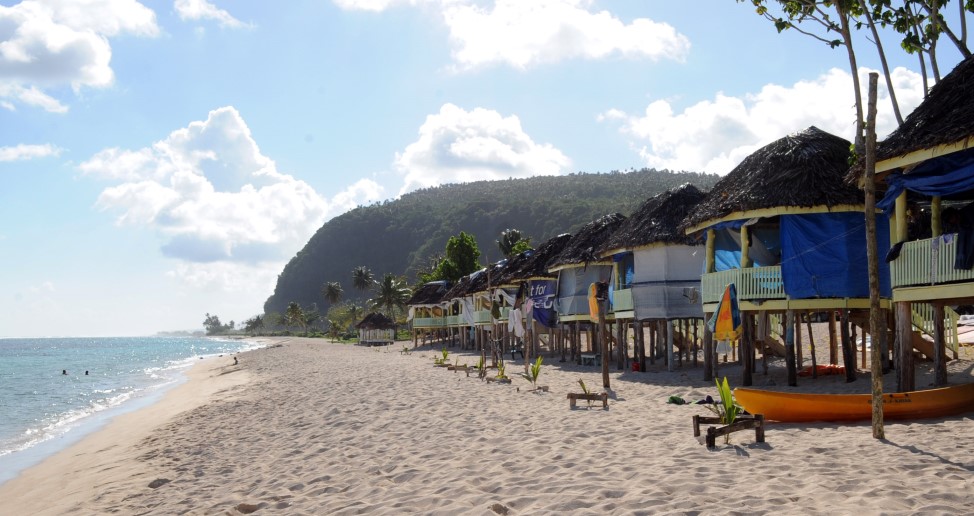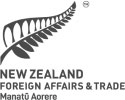Find the latest news for Samoa
On this page
Embassies and consular services for Samoa
| Location | Service areas |
|---|---|
| High Commission for the Independent State of Samoa | |
| New Zealand High Commission to Samoa | Samoa, American Samoa |
Key documents
Our relationship with Samoa

New Zealand has a close and multi-faceted relationship with Samoa, built on a foundation of shared history and whanaungatanga.
Samoa is a valued partner for New Zealand and provides a significant leadership role in the Pacific. Samoa hosts the PACER Plus Implementation Unit, Pacific Regional Environment Programme (SPREP), the Pacific
Transnational Crime Unit, and a number of UN sub-regional offices.
Shortly following Samoa’s independence in 1962, New Zealand and Samoa established diplomatic relations and signed the Treaty of Friendship. The treaty emphasises our close relationship and commits both parties to consult on matters of mutual interest and cooperate to promote the welfare of the people of Samoa.
New Zealand’s relationship with Samoa is strengthened by the 2024 Statement of Partnership, which identifies five priority areas for cooperation until 2028: partnership, security, empowering communities, building climate resilience, and inspiring growth.
Development cooperation and sustainability
Climate change is a significant challenge for Samoa, as it sits squarely in the cyclone belt and is highly vulnerable to devastating storms.
New Zealand and Samoa work closely on regional challenges, including on adaptation to and mitigation of the impacts of climate change, security issues, and pressures on the environment and ocean resources.
Support is focused in the priority sectors of health; education and scholarships; policy reform; and economic and institutional resilience through annual budget support.
New Zealand’s development assistance is aligned with Samoa’s “Pathway for the Development of Samoa”.
The latest information on our development cooperation activities, including activity details and descriptions, start and end dates, geographic and sectoral focus, expenditure figures, is available at DevData(external link).
People and culture
Extensive family and cultural links across both countries are a special dimension of our relationship. Many New Zealanders have Samoan heritage, and Gagana Samoa is one of the most spoken languages in New Zealand.
The Samoan Quota Scheme(external link) grants up to 1,100 Samoans, including their partners and dependent children, residence in New Zealand each year.
Samoans can participate in the Recognised Seasonal Employer (RSE) scheme(external link), which creates mutual benefit for New Zealand's horticulture sector and for the workers’ families and communities.
The Manaaki New Zealand Scholarships Programme(external link) provides tertiary and short-term training scholarships to Samoan scholars.
Trade and investment
International tourism and remittances contribute significantly to Samoa’s economy.
Both New Zealand and Samoa have ratified the Pacific Agreement on Closer Economic Relations (PACER) Plus which entered into force on 13 December 2020. Samoa hosts the PACER Plus Implementation Unit.
The Samoa Trade and Investment Council(external link) (STIC) facilitates and promotes trade and investment between New Zealand and Samoa.
The latest information about New Zealand's trade profile with Samoa is available on the New Zealand Trade Dashboard(external link).
Follow us
Facebook | New Zealand High Commission in Apia(external link)
Instagram | @nzinsamoa | New Zealand High Commission in Apia(external link)

